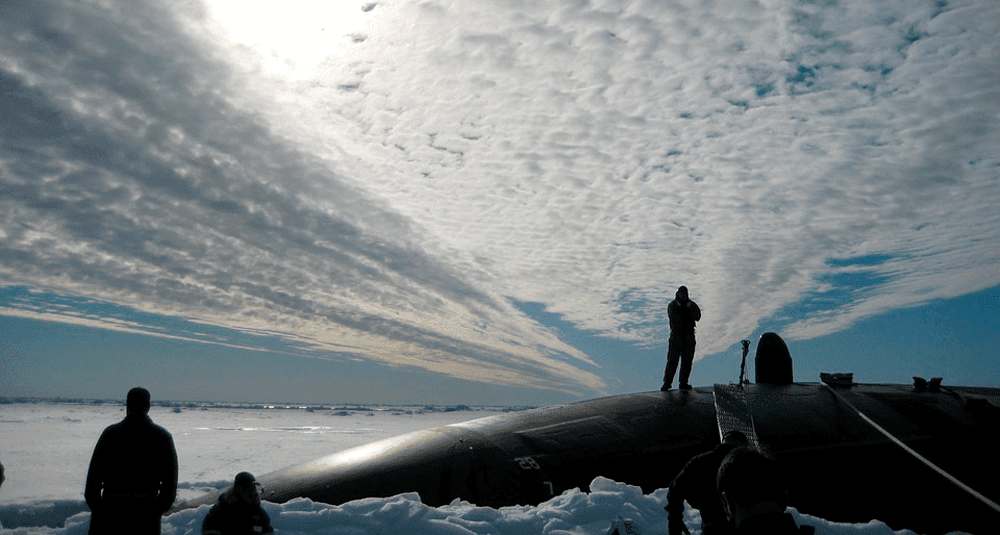On which aircraft do the explorers Roald Amundsen and Umberto Nobile fly over the North Pole?
Last Updated:
To appreciate the complexity and innovation of this expedition, it’s essential to understand who these men were and what their know-how was.
Roald Amundsen, born in Norway in 1872, made history as the first man to reach the South Pole in 1911. His expedition aboard the ship Fram had been meticulously prepared, drawing on years of experience of survival in extreme conditions. Amundsen was renowned for his attention to detail and his respect for indigenous cultures, such as the Inuit, from whom he had learned survival techniques.
Umberto Nobile, born in Italy in 1885, was a renowned engineer and aviator. More than an explorer, he is best known for his contributions to aeronautical engineering. He designed and piloted several airships, including the Norge, which was an advanced semi-rigid airship for its time. The Norge was used on the expedition to the North Pole in 1926.
The meeting of these two exceptional personalities gave rise to an unprecedented collaboration. The expedition they undertook together was financed by a trio of nations: Italy, Norway and the United States. This transatlantic partnership provides the resources to purchase and prepare the airship, as well as logistical support for the expedition.
By combining Amundsen’s maritime and polar expertise with Nobile’s aeronautical engineering skills, this team achieved one of the most daring and successful polar expeditions in history.
When one thinks of polar expeditions, images of dog-drawn sledges or ice-bound ships often spring to mind. Yet the Norge expedition introduced a whole new dimension to polar exploration: that of the sky. Not only did this voyage achieve technological and human feats, it also transformed the way we think about polar expeditions.
The special features of the Norge
The Norge airship is no ordinary balloon: it’s a semi-rigid airship designed for long-haul flights. With room for 16 people and 10 tonnes of equipment, it was one of the most robust and reliable means of transport for this type of mission at the time.
The historic expedition
The adventure began on May 11, 1926 from Spitsbergen in Norway. After a successful take-off, the airship soared to an altitude of 4,000 metres and flew over the North Pole the following day. Three days later, on May 14, it landed in Teller, Alaska, having covered 3,393 kilometers in 72 hours. These figures speak for themselves, and illustrate the triumph of human engineering over the elements.
A lasting impact
But perhaps the greatest feat was less technical than symbolic. It was the first time the North Pole had been flown over with certified witnesses. It was also the first expedition to cross the Arctic Ocean by airship. This feat not only paved the way for other polar flights, such as that of the Graf Zeppelin in 1931, but also provided invaluable scientific data on subjects ranging from meteorology to the geography and glaciology of this enigmatic region.
The Norge expedition marked a turning point, not only in the history of exploration, but also in the way science can combine with adventure to push back the boundaries of our understanding of the world.
sciences

On which aircraft do the explorers Roald Amundsen and Umberto Nobile fly over the North Pole?
Answer
The first to reach the North Pole with certainty were Roald Amundsen and Umberto Nobile, who flew over it aboard the Norge airship on May 12, 1926.